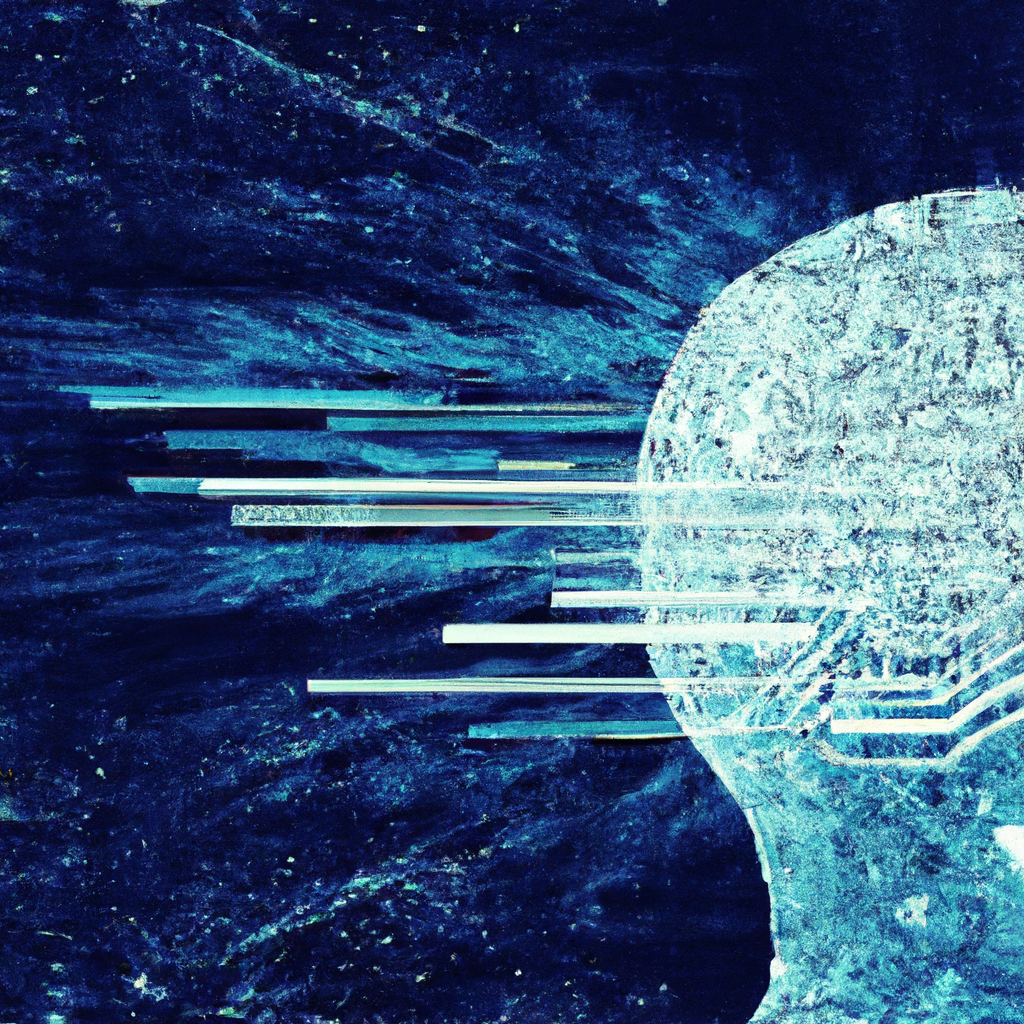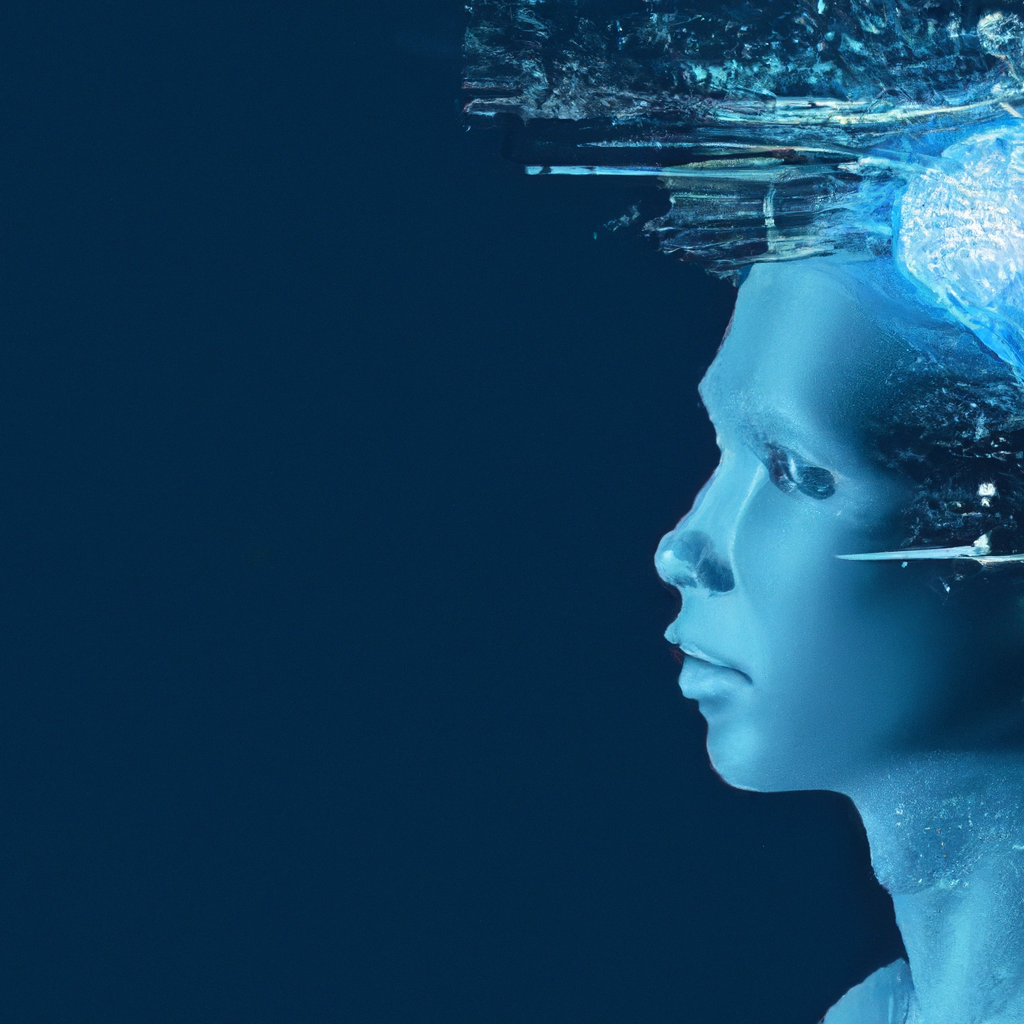In today’s rapidly advancing technological landscape, one cannot deny the widespread influence of Artificial Intelligence (AI). However, it is crucial to consider its impact not only on developed nations, but also on developing countries. The global impact of AI on these nations is becoming increasingly significant, as it presents both challenges and opportunities. From revolutionizing industries to addressing socio-economic disparities, the adoption of AI holds immense potential to transform the future of developing countries in profound ways. So, let’s explore the global impact of AI on these nations and discover the ways it is poised to shape their future.

Understanding AI and Its Global Impact
Artificial Intelligence (AI) refers to the development of computer systems that are capable of performing tasks that typically require human intelligence. These tasks include speech recognition, decision-making, problem-solving, and image recognition, among others. AI has witnessed significant advancements in recent years, with breakthroughs in machine learning and data analytics driving its development.
The history of AI dates back to the 1950s, where early research and development focused on the creation of intelligent machines. Over the years, AI technology has evolved and expanded its applications, leading to its global impact across various sectors. Today, AI is transforming industries, societies, and economies around the world.
The global influence of AI is substantial, with its impact being felt in both developed and developing countries. Developing countries, in particular, are increasingly adopting AI technologies to address various challenges and harness new opportunities. The adoption of AI in these countries is driven by factors such as technological advancements, access to data, and the potential for economic growth.
AI Technology Adoption in Developing Countries
The current state of AI adoption in developing countries varies significantly across regions. While some countries have made significant progress in embracing AI technologies, others are still in the early stages of adoption. Countries such as China, India, and Brazil are leading the way in AI adoption, investing in research, development, and infrastructure to propel their economies forward.
Several factors influence AI adoption in developing countries. These include the availability of skilled workforce, access to data, government support, and the level of digital infrastructure. Developing countries with a strong focus on education and technology training programs are better positioned to adopt AI technologies effectively.
Case studies of AI technology implementation in developing countries demonstrate the impact it can have on various sectors. For instance, in Rwanda, AI-powered drones are being used to deliver medical supplies and vaccines to remote areas, improving healthcare access. In Tanzania, AI algorithms are helping farmers predict weather patterns and optimize crop yields, enhancing agricultural productivity.
Potential Benefits of AI for Developing Countries
The adoption of AI holds significant potential benefits for developing countries.
One major advantage is the potential for boosting economic growth. AI technologies can drive productivity, facilitate innovation, and attract foreign investments. By automating processes, reducing costs, and improving efficiency, developing countries can enhance their global competitiveness and create new economic opportunities.
AI also has the potential to improve public services and governance in developing countries. With AI-powered systems, governments can enhance citizen engagement, streamline administrative processes, and improve service delivery. For example, AI chatbots can provide quick and accurate responses to citizen queries, reducing administrative burdens and improving access to information.
In the agriculture sector, AI can play a crucial role in enhancing productivity and production. By utilizing AI algorithms to analyze data from sensors, satellites, and drones, farmers can make informed decisions regarding irrigation, fertilization, and pest control. This can lead to higher yields, reduced costs, and improved sustainability in agricultural practices.
Moreover, AI can promote innovation and entrepreneurship in developing countries. By providing access to AI tools, resources, and training, entrepreneurs and startups can leverage AI technologies to develop innovative solutions to local challenges. This can spur economic growth, create jobs, and foster a culture of innovation.
Risks and Challenges of AI in Developing Countries
While AI offers numerous benefits, there are also risks and challenges associated with its adoption in developing countries.
One significant challenge is the lack of infrastructure and technological expertise. Developing countries often face limitations in terms of internet connectivity, power supply, and availability of skilled professionals. Addressing these infrastructure gaps and building a capable workforce are crucial for successful AI adoption.
issues of data privacy and security also arise with the adoption of AI. Developing countries need to establish robust data protection regulations and frameworks to ensure the privacy and security of user data. This includes measures to safeguard sensitive information collected by AI systems and addressing potential risks of data breaches or misuse.
Another concern is the potential job displacement and inequality impacts of AI. As AI technologies automate tasks previously performed by humans, there is a fear of job losses, particularly in labor-intensive industries. Developing countries need to implement policies and programs to reskill and upskill their workforce to adapt to the changing job market landscape.
Ethical dilemmas and regulatory challenges also arise with the use of AI. developing countries need to establish ethical guidelines and regulatory frameworks to govern the development and use of AI technologies. This includes addressing issues such as algorithmic bias, transparency, and accountability to ensure responsible and fair AI utilization.

Effects of AI on Jobs and Employment in Developing Countries
Concerns over job losses due to AI adoption have been widely discussed. While it is true that some jobs may be replaced by AI, there are also opportunities for new job creation and the enhancement of existing job roles in developing countries.
The fear of job losses in developing countries is valid, considering that many economies rely on labor-intensive industries. However, studies have shown that AI adoption can lead to job gains in other sectors and the development of new industries. For instance, the demand for AI experts, data analysts, and AI system trainers is expected to rise, creating employment opportunities for skilled professionals.
Moreover, AI has the potential to improve the quality of jobs and enhance worker skills in developing countries. AI technologies can automate repetitive and mundane tasks, allowing workers to focus on more creative, complex, and fulfilling work. By leveraging AI tools for data analysis and decision-making, workers can develop higher-level skills and contribute more strategically to their organizations.
Policy implications for employment in developing countries include the need for comprehensive workforce development programs. By investing in education and training programs that equip individuals with the necessary AI skills, developing countries can ensure their workforce remains competitive and less susceptible to job displacement.
AI and Education Sector in Developing Countries
AI has the potential to revolutionize education in developing countries, addressing challenges related to access, quality, and equity in education.
AI can enhance education access by providing personalized learning experiences to students. Adaptive learning platforms and intelligent tutoring systems can tailor educational content to individual student needs, helping them learn at their own pace and in their preferred learning style. This can be particularly valuable in remote areas where access to quality education is limited.
Building AI skills and literacy among students and teachers is crucial for effective AI integration in the education sector. Developing countries need to prioritize the development of AI curriculum, teacher training, and digital literacy programs. By equipping students and teachers with AI knowledge and skills, countries can ensure they are prepared for the future workforce and can leverage AI technologies effectively.
However, challenges exist in integrating AI education in developing countries. Limited resources, teacher training, and digital infrastructure can hinder the adoption of AI in schools. Overcoming these challenges requires government support, partnerships with technology providers, and investments in digital infrastructure.

AI and Health Sector in Developing Countries
AI has significant potential for advancing healthcare services in developing countries, addressing challenges related to access, quality, and efficiency of healthcare delivery.
AI can play a vital role in diagnosing diseases, analyzing medical images, and predicting health outcomes. Machine learning algorithms can analyze large volumes of healthcare data, helping medical professionals make more accurate diagnoses and treatment plans. This can be especially beneficial in areas with a shortage of healthcare professionals and limited access to medical expertise.
Success stories of AI in the health sector can be seen in developing countries. For example, in India, AI algorithms are being used to analyze retinal images and detect diabetic retinopathy, a leading cause of blindness. This technology enables early detection and intervention, improving the overall health outcomes for patients.
However, challenges exist in integrating AI in health systems in developing countries. Limited access to quality healthcare data, lack of digital infrastructure, and regulatory barriers can hinder the adoption of AI technologies. It is essential for developing countries to invest in data collection and sharing mechanisms, improve digital infrastructure, and develop regulatory frameworks that enable responsible AI utilization in healthcare.
AI and Agriculture Sector in Developing Countries
The potential of AI for improving agricultural productivity in developing countries is significant. AI-driven innovations can transform farming practices, optimize resource utilization, and increase crop yields.
AI technologies, such as satellite imagery and remote sensing, can provide farmers with real-time data and insights regarding weather patterns, soil conditions, crop diseases, and pest outbreaks. This enables farmers to make informed decisions regarding irrigation, fertilization, and pest management, leading to improved agricultural practices and higher yields.
AI-powered drones and robots can also assist in various farming tasks, such as planting, harvesting, and monitoring crop health. This automation can reduce labor-intensive processes, improve efficiency, and enable farmers to maximize their productivity.
However, several barriers hinder the adoption of AI in agrarian settings. Limited access to technology, high costs of implementation, and lack of technical skills can impede smallholder farmers from leveraging AI technologies effectively. Developing countries need to address these barriers through initiatives that provide access to affordable AI tools, training programs, and support systems tailored to the needs of small-scale farmers.

Policy Recommendations for AI Development and Use
To harness the full potential of AI in developing countries, several policy recommendations can be considered:
-
Building robust digital infrastructure: Developing countries should invest in broadband connectivity, digital platforms, and data storage facilities to support the adoption and effective utilization of AI technologies.
-
Promoting investments in AI research and development: Governments, private sector entities, and international organizations should collaborate to fund AI research projects, encourage innovation, and develop AI talent within developing countries.
-
Strengthening legal and regulatory frameworks: Developing countries need to establish clear and comprehensive regulations regarding the development, deployment, and use of AI technologies. These regulations should address data privacy, security, accountability, and ethical concerns.
-
Fostering international collaborations on AI: Global collaboration is essential for knowledge sharing, technology transfer, and capacity building. Developing countries should engage in international partnerships and initiatives aimed at promoting AI development and use.
Future Prospects of AI in Developing Countries
The future prospects of AI in developing countries are promising, with several predicted trends and areas for potential collaboration and research.
Firstly, AI technology is expected to become more accessible and affordable, leading to increased adoption and integration in various sectors. This can empower developing countries to harness the benefits of AI more effectively.
Moreover, AI’s potential role in sustainable development is gaining attention. AI can assist in addressing pressing global challenges, such as climate change, poverty, and healthcare gaps. Developing countries can collaborate on research and development initiatives to leverage AI for sustainable development goals.
Emerging issues and areas for future research in AI include the ethical implications of AI technologies, explainability of AI algorithms, and AI’s impact on social dynamics. Developing countries should actively participate in research and discussions to ensure their perspectives are considered in shaping the future of AI.
In conclusion, the global impact of AI on developing countries is significant, with its potential benefits being widely acknowledged. AI adoption holds promises for boosting economic growth, improving public services, agriculture, and healthcare sectors, promoting innovation, and addressing various challenges. However, risks and challenges exist, including infrastructure limitations, data privacy concerns, job displacement, and regulatory issues. By addressing these challenges and implementing appropriate policies and strategies, developing countries can harness the transformative power of AI and pave the way for a prosperous and sustainable future.











